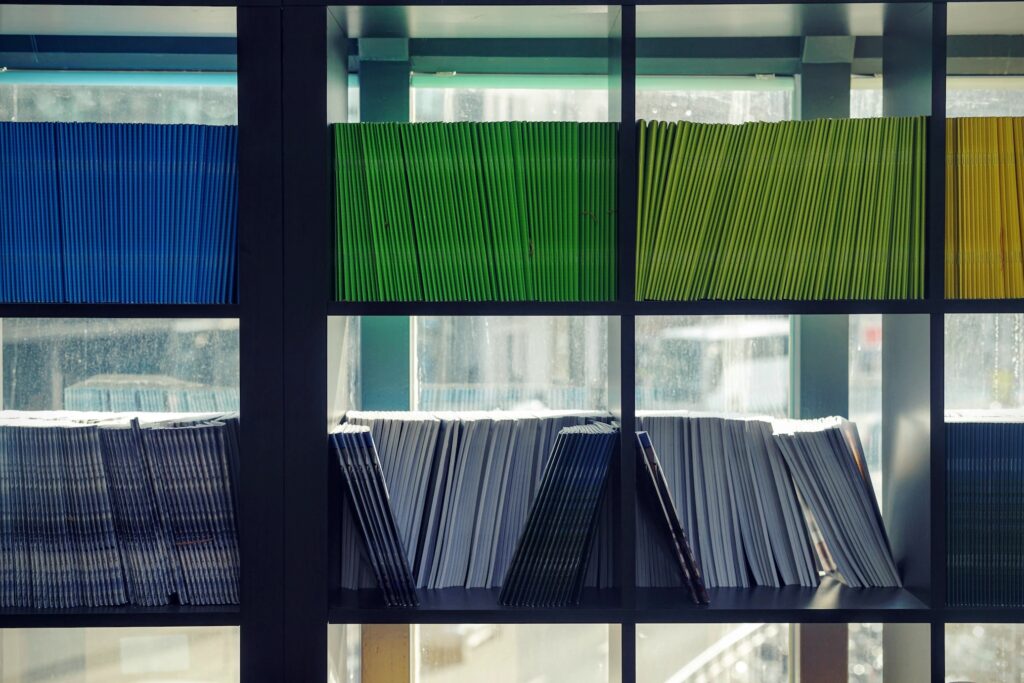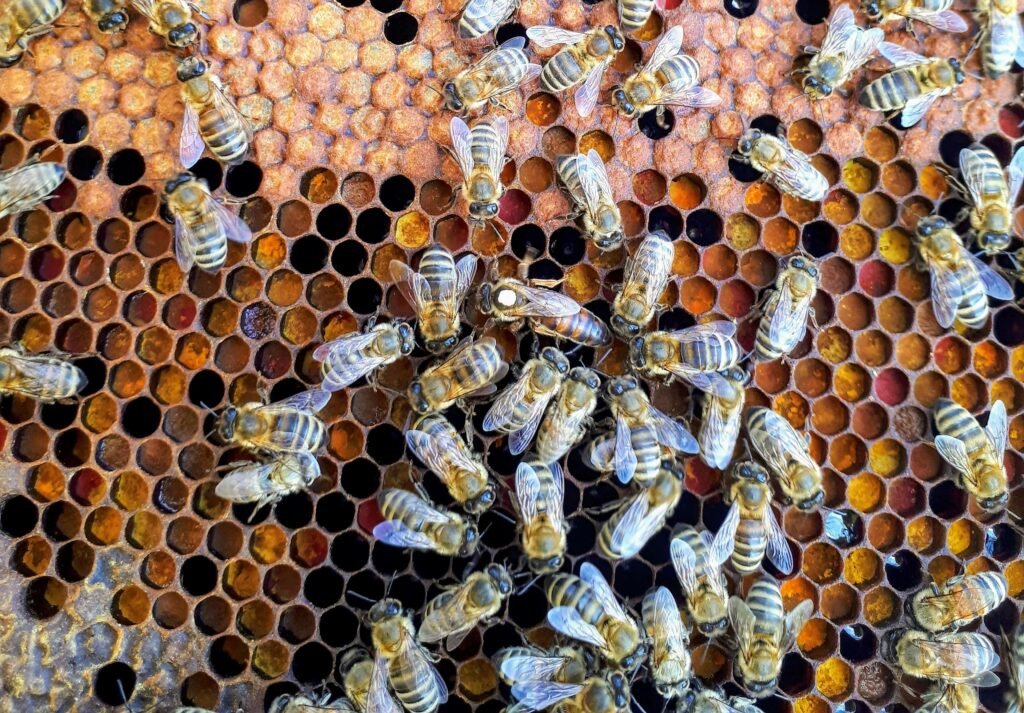In turbulent times, Martha O’Brien looks at the rise of Welsh publications and the impact this has on feelings of cultural identity.
Welsh work often holds a marginalised position within the UK publishing scene. The experience of feeling like an afterthought – for example, in the commonly used category of ‘England and-’ – is one familiar to most Welsh people.
Welsh culture’s position on the periphery of mainstream attention within the United Kingdom has never been enough to stop a sense of national consciousness. As the UK experiences more precarious, era-defining and turbulent times, it feels as though Welsh identity is experiencing a boom that distinguishes it from English culture, as it has throughout similarly tumultuous moments in British history. This is apparent, in part, in a flurry of new Welsh publishers, magazines and other publications.
The emergence of new, independent Welsh publications offers writers in Wales opportunities for reflecting the contemporary moment and contributes to establishing a media landscape that better represents what it means to live and create in Wales today.
In January 2020, three of my friends and I decided to make a magazine. After a lengthy discussion, we’d bonded over the lack of opportunities we felt there were to publish new, experimental writing that properly reflected the place in which we lived, and which specifically championed Welsh and Wales-based work. While there were Welsh publishing houses that we admired (like Seren, Parthian and Honno), it felt like the opportunity for smaller-scale publishing opportunities were few and far between. Through more conversations in which we decided that we’d like to publish art, photography, and philosophical essays too. After an open call for submissions and a healthy mix of hard work and naivety, we found ourselves three months later with an incredible designer, Anja Quinn, and our first digital copy of nawr: a magazine that showcased the work of contemporary Welsh and Wales based artists and writers.
We enjoyed the process so much, encountering talented and at times little-known artists in Wales, that we decided to keep going. While we were pleasantly surprised by the positive response to our magazine from the beginning, the strength of the response – which we saw even when we were lesser known – demonstrated to us that people really connected to a magazine which put Wales at the centre of its work.
Over the time that we’ve been running nawr – which, three years later, has developed into a well-established magazine and creative community – we’ve often been mistaken for being an offshoot of a larger media company. This is always flattering to us (and we feel it is largely owing to Anja for her skill in making everything look professional), but it shows the sheer lack of centralised media that gives Welsh artists room to showcase their work. This doesn’t even begin to cover the issue of the lack of dedicated news media in Wales, with almost all news sources for Wales being ‘regional’ sections of bigger papers (a service like nation.cymru is funded by its readers and began in 2017, to name an exception).
It felt like the opportunity for smaller-scale publishing opportunities were few and far between
We never wanted publishing Welsh art or writing to be something exclusive to us: in fact, that would counter our whole mission in running nawr. It’s exciting to us whenever we see a new magazine crop up that specifically wants to promote Welsh art and culture. We were ourselves motivated to pursue our idea for nawr after we were pointed in the direction of Lucent Dreaming, a publication which began in Cardiff in 2017 and publishes the work of those in Wales and beyond while continually promoting the work of Welsh poets and writers. Magazines like Codi Pais and Santes Dwynwen came before us too, promoting Welsh art and culture; Codi Pais features work by women in Wales, while Santes Dwynwen publishes lifestyle essays alongside creative writing.
Both publications are unapologetically Welsh and engage with relevant political and societal discussions about Welshness on social media. Digital media is growing, and often allows magazines and other publications to experiment and have flexibility that traditional print media does not always allow for. That said, there’s still a place for new print media in Wales: Offline Journal was established in 2018 and remains the only print media in Wales dedicated to showcasing and discussing Welsh photography.
RADAR Mag promoted our Summer Festival in one of their ‘On the Radar’ promotional posts and we’ve been keeping up with their listings ever since. An independent music and culture print magazine, RADAR’s comprehensive regular listings about what’s going on in Cardiff are impressive, with a clear drive to generate a buzz and awareness about the city’s arts and culture scene.
The point I’m trying to illustrate is that the drive to support Welsh artists is driven by a sense of both care for Welsh culture and solidarity between publications that share that concern. This is a double-edged sword: while the Welsh artistic community is driven by genuine care and commitment to making Wales and Welshness visible, there runs the risk that much of this work will continue to go underpaid or completely unpaid.
An interest in Welsh art and publishing in both the English and Welsh language is not unique to the current age. The magazines that have emerged in the past five years – and which will continue to emerge in the years to come – have a lot to learn from established publishing houses like Seren Books, Parthian and Y Lolfa, which also began with and maintain a genuine drive to support Welsh culture.
It feels like the 2020s are witnessing a new wave of independent Welsh media, beginning in the mid to late 2010s, and I’d suggest that the unsettled state of the United Kingdom has played no small part in this. Economic precarity has impacted practically every inch of society, making what once were risky creative ventures only as insecure as other projects.
While the Welsh artistic community is driven by genuine care and commitment to making Wales and Welshness visible, there runs the risk that much of this work will continue to go underpaid or completely unpaid
A growing sense of right-wing nationalism within the United Kingdom following Brexit and the 2019 General Election has also highlighted many Welsh people’s discomfort with a British identity and a keener sense of their cultural separateness from England, as demonstrated by the growing interest in independence. It’s only natural that a need for Welsh-specific arts spaces and media would arise out of this concern, and I don’t think it’s any coincidence that we saw a similar uptick in Welsh publishing spaces during and in the years following the similarly right-wing British government of the 1980s.
This isn’t to say that Wales is a homogenous, left-wing nation, but simply that any radical change in a nation will naturally cause the people who live there to take stock of their national identity. And from the COVID pandemic and the chaotic turnover of ministers in parliament to calls for justice in the BLM movement, demands for women’s rights and the threats to basic rights faced by the trans community, the 2020s so far have been nothing if not full of radical changes.
There’s still a long way for Welsh publishing to go. The industry is still largely skewed in favour of the south, with many living in the north, west and mid-Wales feeling that the image of the nation disproportionately favours the metropolitan centre in a similar fashion (though to a lesser extent) to London in England. The question of language and the availability of opportunities for publishing in Welsh are also an essential part of the conversation in keeping Welsh art and culture thriving.
What’s obvious, though, is this: Welsh people want Welsh media. And if the past few years are anything to go by, that landscape is going to keep on growing.
All articles published on the welsh agenda are subject to IWA’s disclaimer.
This article was commissioned and edited by Maisie Allen thanks to the Books Council of Wales’ New Audiences Fund.





